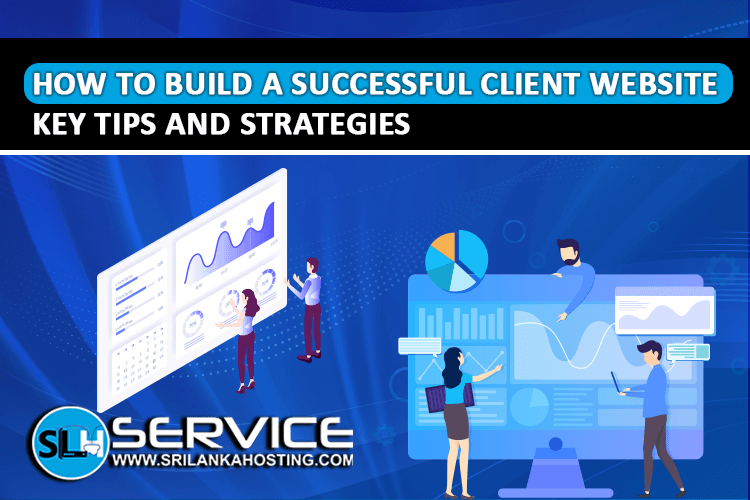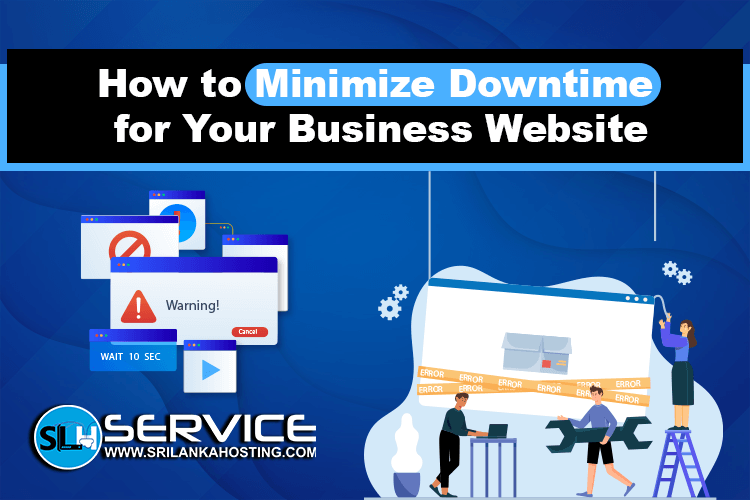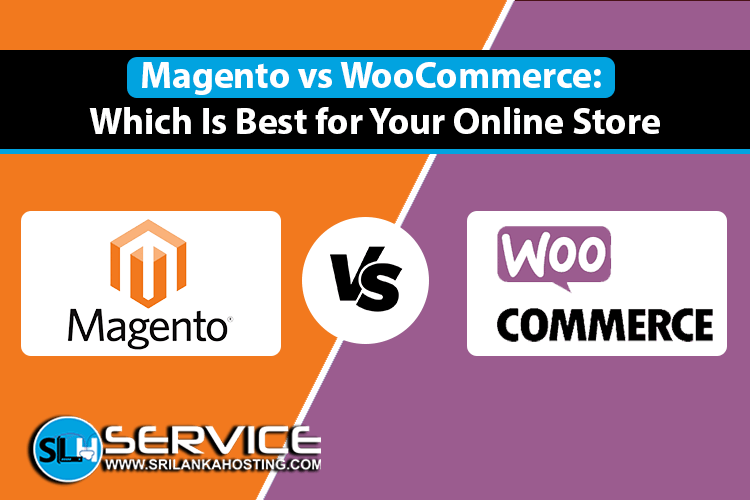How to Build a Successful Client Website: Key Tips and Strategies
Apr 15, 2025

Developing a powerful website for your client is in the center of their business success. This is a brief guideline to developing a powerful and fit site for their needs.
1. Know Your Client's Goal
Begin with meeting with your client to learn what they seek to achieve on their website. If they're selling products, offering information, or gaining new customers, what they want to achieve will dictate the site purpose and layout.
2. Organize the Site Layout
Organize content on the website in a clear and readable order. An organized website is simple for users to locate information and get the most out of it. Develop a sitemap as a map for significant areas and pages.
3. Design with the User
Prioritize the development of a clean and uncluttered design that is easy to use. Employ easy fonts, good color, and businesslike images in an attempt to make the site look attractive. Easy-to-use designs retain visitors, remember.
4. Make it Mobile Responsive
Because the majority of users use mobile phones to access the web, it is crucial that the site is not only beautiful but also performs well on any screen size. With responsive design, one can have a seamless experience on desktops, tablets, and mobile phones.
5. Speed Up Load Time
A speedy site improves user experience and search engine position. Compress images, minify scripts, and use a good hosting to make the site faster.
6. Create Interesting and Relevant Content
Content is the magic that makes visitors interesting. Write short, clear, and informative content of relevance to the target users. Update the site with fresh content at regular intervals to get users coming back.
7. Use Strong Calls-to-Action (CTAs)
Direct the visitors to take desired actions, such as sending an email to the company, subscribing to a newsletter, or purchasing a product. Good CTAs are brief and ask for action.
8. Highlight SEO Best Practices
Optimize the website to get more traffic. Use specific keywords, meta tags, and alt tags on images. An optimized website receives organic traffic.
9. Test and Collect Feedback
Test the site's functionality, usability, and compatibility on different devices and browsers prior to launch. Accept feedback for knowledge of what to modify and for an easy user experience.
10. Provide Regular Support and Maintenance
Once you have launched the site, offer regular support to fix any issue, add fresh content, and modify it. Regular maintenance keeps the site secure and running in good condition.
By doing all of this, you'll be having a website not only fulfilling your client's requirement but also with improved user experience for his visitors.
If you're looking for professional web development and designing services from Sri Lanka, then you're in luck because SriLanka Hosting is here at your service. They provide better and modern web designs with the use of latest technology so that companies can establish a well-working online presence.




